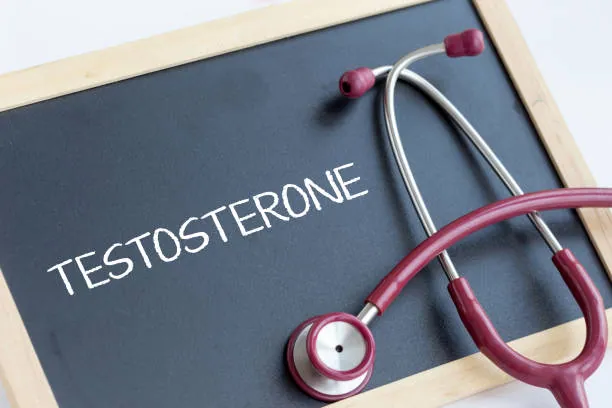Low T or low testosterone (LT) is defined as a condition where there is insufficient testosterone production in the body. Testosterone is a well-known champion in various bodily functions, from muscle mass to bone density and libido to mood regulation. It is virtually a male hormone synthesized in the testicles (in men) and in small amounts in the ovaries (in women). Testosterone levels drop gradually at a set age in normal circumstances, but low T occurs when levels fall below the curve.
Signs and Symptoms of Low Testosterone
Diverse symptoms, including both physical and mental health disorders, can manifest as a result of experiencing low T often manifests in these symptoms: tiredness, reduced sex drive, erectile dysfunction, lower muscle mass with more significant body fat, mood-related symptoms like depression and crankiness, bone-density loss, and difficulty focused thinking. It is critical to note here that the symptoms of this condition may not necessarily be identical in every person, including the severity of the symptoms, which may vary across individuals.
The Effects of Low Testosterone
Low levels of testosterone can have a substantial impact on general wellness as well as optimal health state. Physical damage can occur through decreased quiet muscle mass, strength, and bone density, increased body fats, and a greater risk of osteoporosis and fractures. In the mentally, low T can cause the person to have mood swings, become depressed and moody, and also not be able to focus effectively. Besides the mentioned symptoms, getting a lower level of it might affect sexual functioning, which can lead to a low libido, an erectile dysfunction, and a low ability for reproduction.
Low Testosterone Treatment
Treatment in case of testosterone deficiency attempts to restore its levels, thus relieving symptoms and maximizing the patient’s quality of life. Typically, healthcare providers widely use testosterone replacement therapy (TRT) through various methods such as injections, gels, patches, or implants to treat low T levels. A detailed physical examination to find out the root cause of low T. It also monitors the risks and benefits of hormone therapy. Healthcare providers will recommend addressing Low T before treatment can commence.
Injectable Testosterone
Intramuscular testosterone represents a potent form of testosterone substitute therapy that is being widely applied. This method of treatment consists of injecting artificial testosterone into the muscle tissues. You can typically perform such procedures once a week or once every two weeks. Injection testosterone can be delivered in different formulations which are testosterone cypionate, enanthate, and propionate. The healthcare provider will decide the dosage and number of injections needed based on the response to the treatment and patient needs.
Androgel
Androgel applies testosterone topically to the skin’s surface once daily in gel form. It increases testosterone levels within the blood by aiding its transfer across the skin and into the blood vessels, thereby helping it reach the normal range. Androgel comes in various strengths and rapidly absorbs when applied to the shoulders, arms, or abdomen. Increased muscle mass results from low T levels. We must stick to the recommended dosage and usage of instructions. To achieve the best absorption and performance, one must ensure active participation.
Androdrem
Androdrem is also a topical testosterone replacement therapy option, which is applied as a transdermal patch. Andromeda is also a transdermal testosterone replacement option that is categorized in the topicals. The patch is intended for application on healthy, dry skin at the back, abdomen, upper arms, or thigh. The patch delivers a steady rate of it through the skin over 24 hours. The Androdrem contains hormonal patches that are worn for a total period of 24 hours and replaced daily. Androdrem, like Androgel, helps restore T levels to standard. They reduces the symptoms of low T when used legally, as designated by the doctor.
Conclusion
A low T is a typical state that affects regretful health, not only physically but mentally as well. Realizing early these low T indicators is helpful for late diagnosis and timely intervention. One of the treatment modalities for men with decreased T levels is the administration of injectable testosterone( Androgel and Androdrem), which can help raise the hormone level to average and improve the quality of life. It is important to visit a healthcare provider for tailored treatment depending on an individual’s condition and medical history.
Read more…
Steroid: Uses And Abuse
Anabolic Steroids: Benefits and Risks
Diuretics: types, uses, benefits, and side effects
Non-Steroid Anabolic Agents: types, uses, benefits, and side effects
